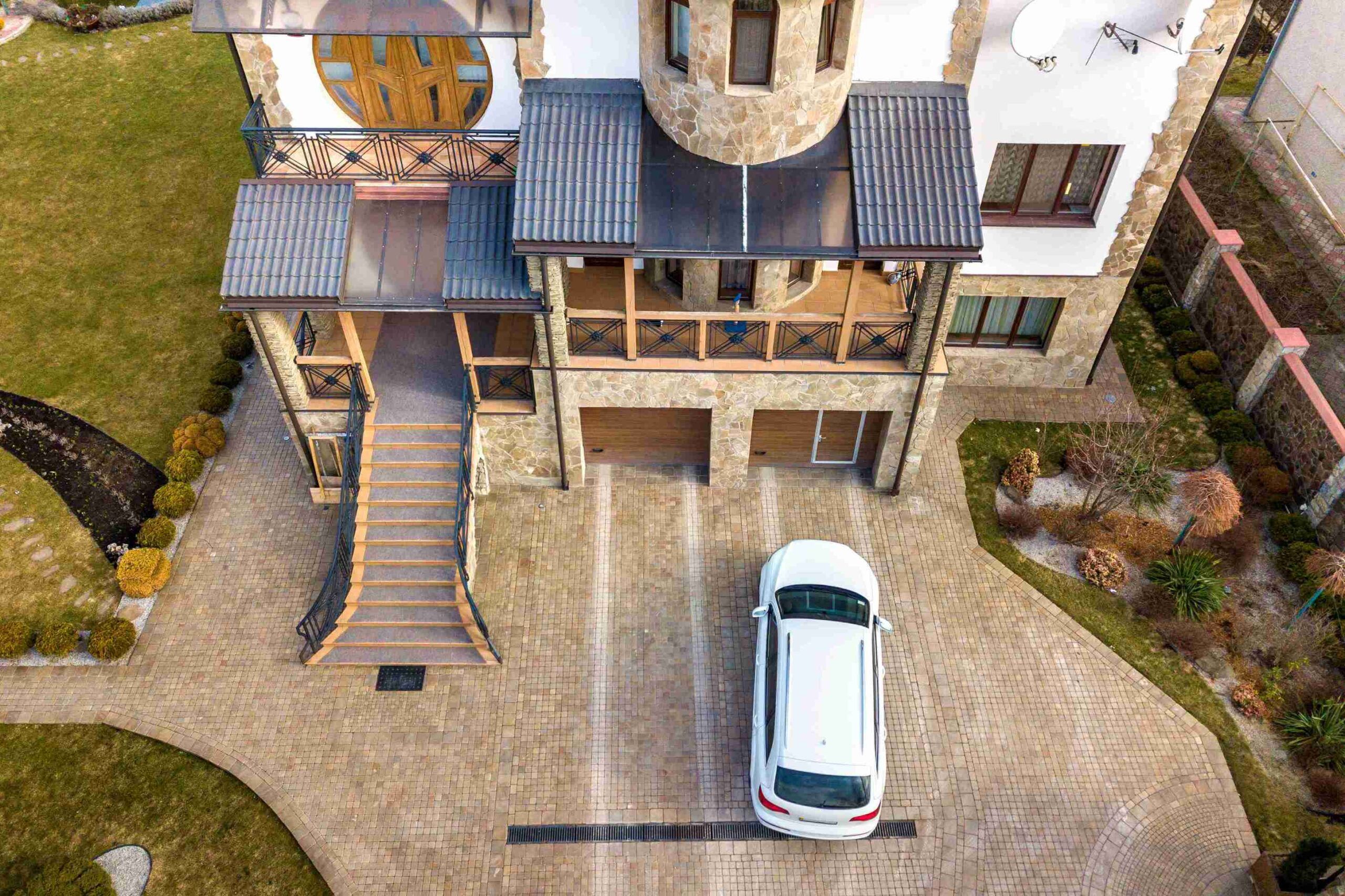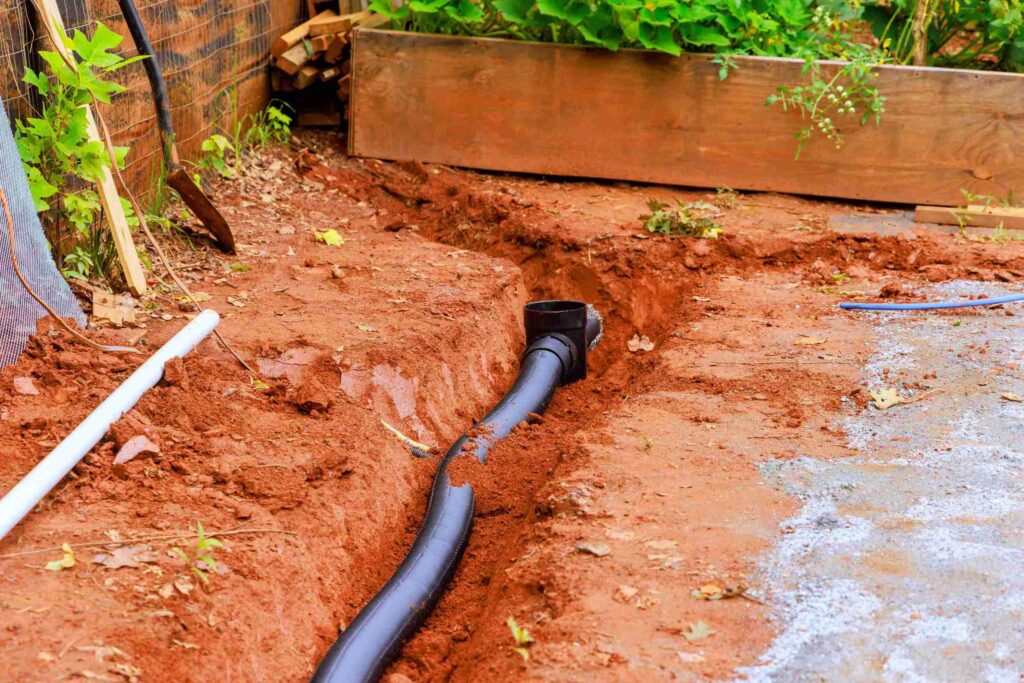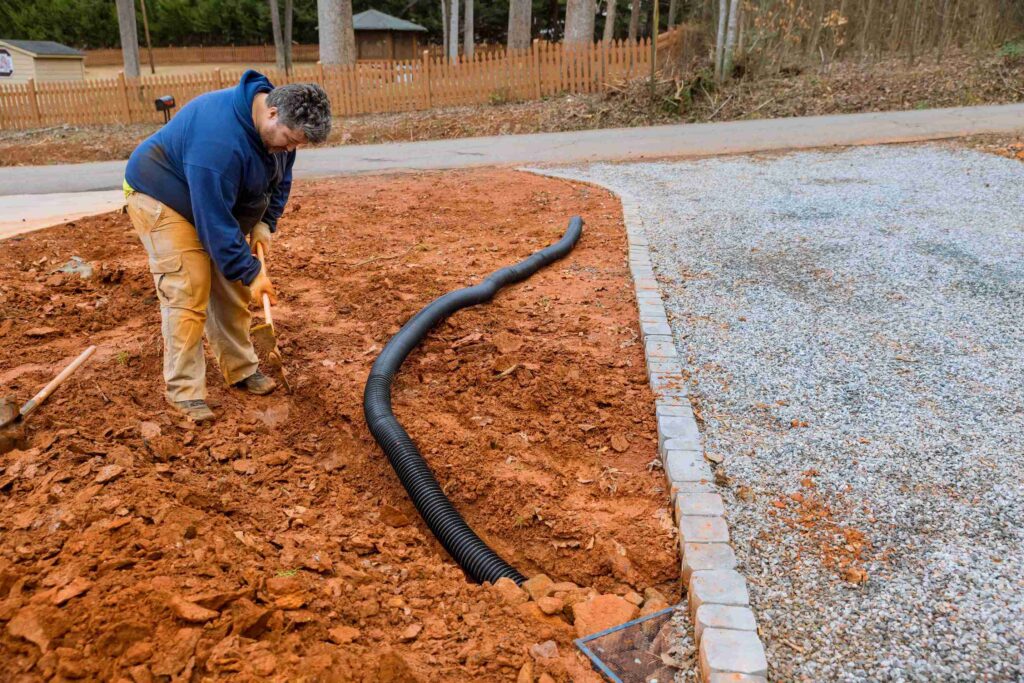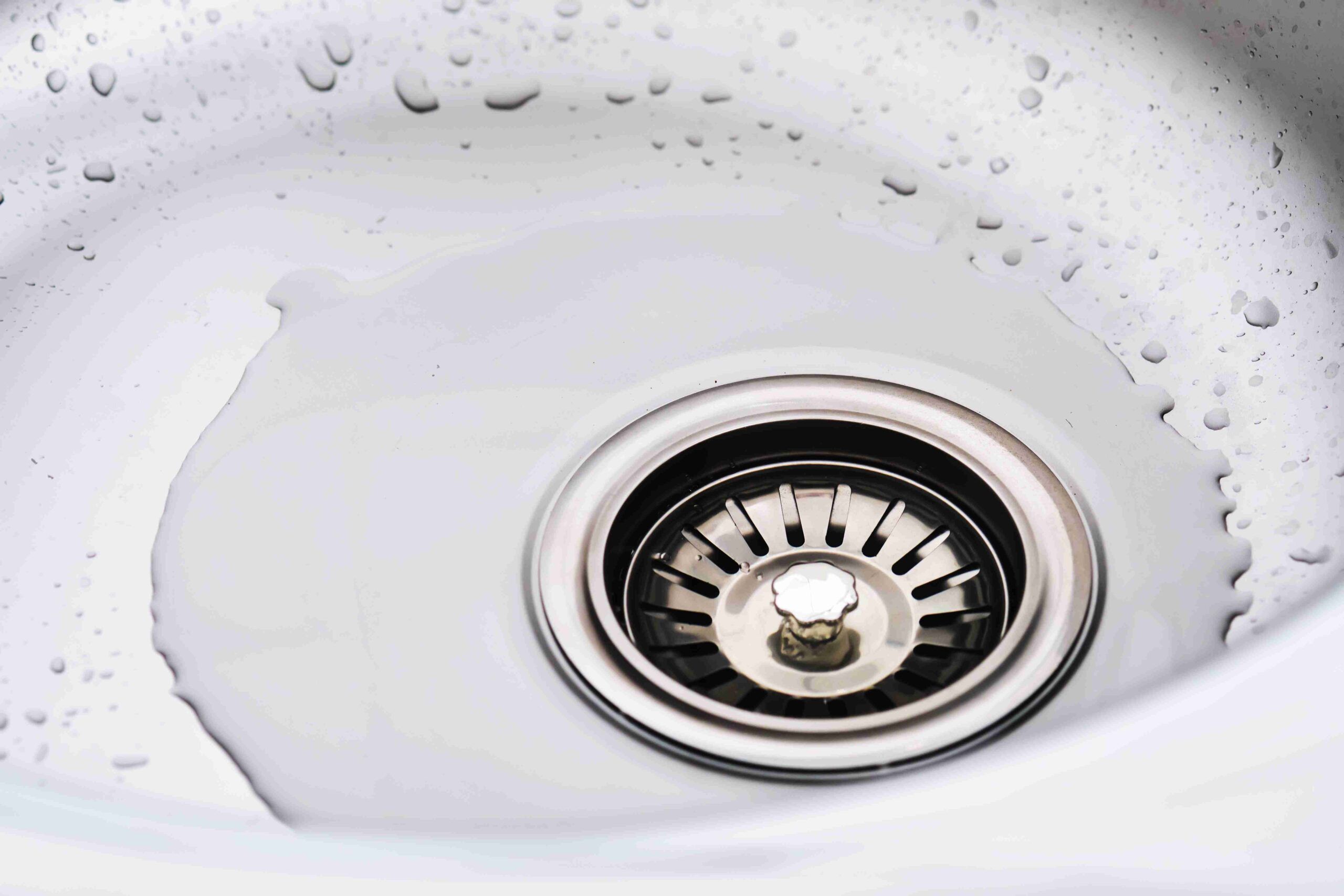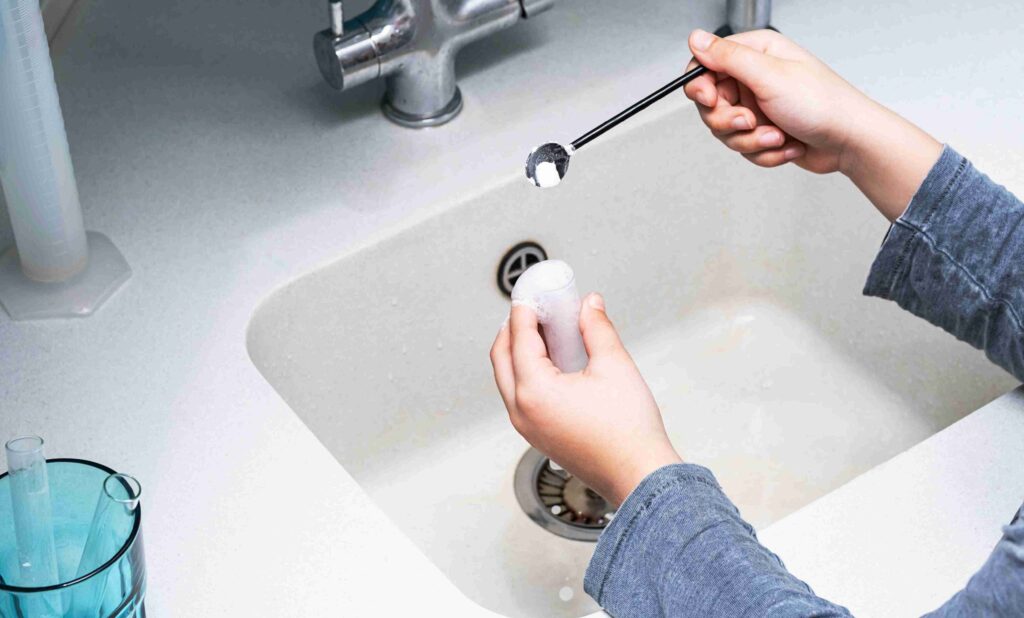Sump Pump Float Stuck? Here’s What To Do
A sump pump is one of those things you don’t think about until it stops working.
The float switch is the little part that tells the pump when to turn on and when to shut off. If it gets stuck, the whole system is basically out of commission. That means your basement could flood or your pump could run nonstop until it burns out.
Neither option is fun.
The good news? A stuck float isn’t always a big deal. Most of the time, you can fix it yourself with a little checking, cleaning, and repositioning.
In this post, we’ll explain why your sump pump float is stuck and how to fix it.
Why Is My Sump Pump Float Stuck?
First, let’s talk about why the float gets stuck in the first place.
A sump pit isn’t the cleanest place in your house. Over time, dirt, gravel, and sludge build up in the bottom. That gunk can easily get in the way of the float, keeping it from moving freely.
Sometimes it’s not dirt, though. The float might be tangled with the power cord. Or maybe the pump itself shifted a little inside the pit, pinning the float against the wall.

Another common reason is simply age. Floats wear out. The switch inside can crack or just stop working after years of cycling on and off.
Also Read: Sump Pump Installation Cost
The basin size matters too. If the pit is too narrow, there isn’t much room for the float to move. That makes it easier for it to jam up.
So in short, it usually comes down to one of a few things:
- Debris
- Cords
- Pump position
- Wear and tear
How To Fix A Stuck Sump Pump Float
Let’s get into the part you care about – how to actually fix it. Here’s the process you’ll want to follow. Take it slow, and always remember safety first.
#1 Unplug The Sump Pump
This is the very first thing you should do. Don’t skip it.
A sump pump can kick on at any moment if the float suddenly shifts, and you don’t want your hands in there when that happens.
Pull the plug from the wall outlet so you know for sure there’s no power going to the pump. Some people even flip the breaker just to be extra safe.
#2 Inspect The Float’s Movement
With the pump safely off, check how the float moves. Gently lift it up and let it fall back down.
Pay attention to what it feels like. Does it slide freely? Does it feel gritty, like something’s in the way? Or does it get stuck against the wall or the pump body?
Sometimes you’ll notice right away that the float just doesn’t have enough room. Other times, it’s clearly being blocked by dirt or cords.
This quick test will usually point you toward the real problem.
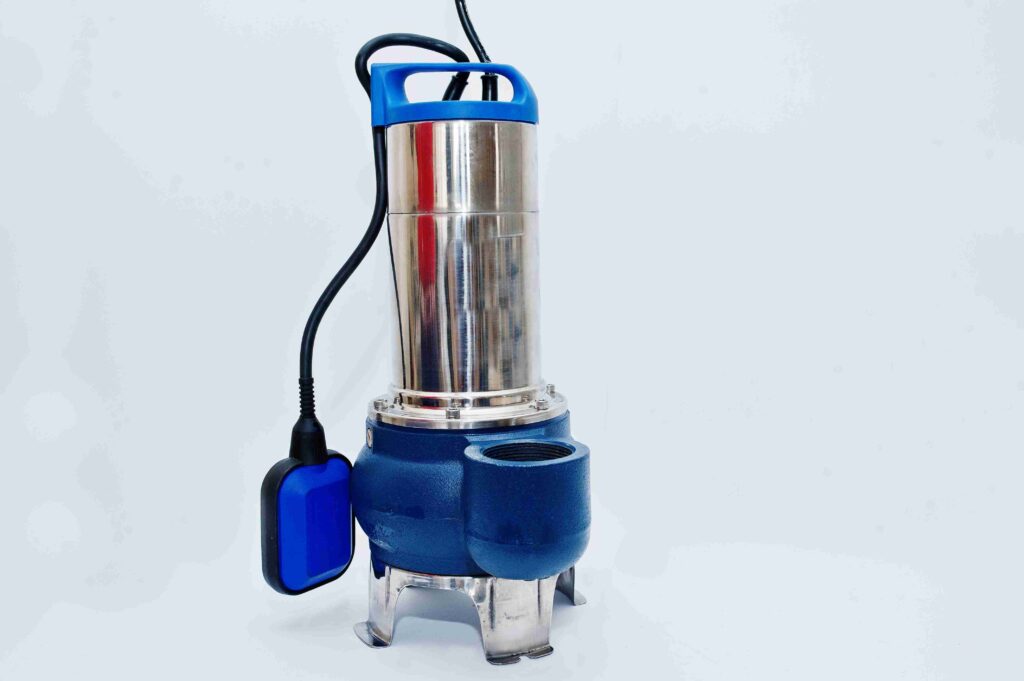
Also Read: Can You Do A French Drain Without Pipe?
#3 Clear Out Debris
Dirt and sludge are the most common culprits. Over time, the bottom of the pit collects a layer of grime. That gunk can jam the float or make it heavier than it should be.
Scoop out anything you see in the way. If you’ve got a shop vac, use it to suck up the sludge at the bottom.
Even giving the pit a light clean every now and then makes a huge difference.
A clean pit keeps the float moving like it should and helps your pump last longer too.
#4 Untangle Or Reposition Cords
Cords can shift around as the pump vibrates, and before you know it, the float is wrapped around one. When that happens, the float can’t rise or fall like it’s supposed to.
Untangle it and then secure the cords so they stay out of the way. Zip ties work great for this. Attach the cords to the discharge pipe or the wall of the pit.
Keep the float’s path clear so it can move up and down without snagging on anything.
#5 Adjust The Pump’s Position
If the float isn’t hitting debris or cords, the pump itself may be the problem.
Pumps sometimes shift around in the pit, especially after heavy use. If the pump is leaning or pressed up against the wall, the float won’t have enough space to move.
Lift the pump straight up and set it back down in the middle of the basin. Make sure it’s sitting flat and stable. A few inches of extra clearance can free up the float and solve the problem instantly.
Also Read: Can You Drive Over A French Drain?
#6 Test With A Bucket Of Water
Once everything looks good, it’s time for the moment of truth.
Slowly pour a bucket of water into the pit. Watch closely as the water rises. The float should lift up smoothly, and the pump should kick on automatically. As the water drains, the float should lower and shut the pump off.
If it cycles on and off like that, you’ve fixed the issue.
If not, don’t get discouraged, you might just need to go back through the steps or think about replacing the float switch.
When To Repair Vs. Replace
Not every float problem can be solved with cleaning and repositioning. Sometimes the float switch is just worn out. If you’ve gone through all the steps and it still sticks or doesn’t activate the pump, replacement is your best option.
Replacing the float switch alone is possible on many models. It’s cheaper than buying a whole new pump, and it can give your existing pump a new lease on life.
That said, if your sump pump is already 7–10 years old, it may make more sense to replace the entire unit. Older pumps are more likely to fail soon, and the last thing you want is a dead pump in the middle of a storm.
Here’s a simple way to decide:
- If the pump itself is in good condition and only the float is bad, replace the float switch.
- If the pump is old, noisy, or has given you trouble before, consider replacing the whole pump.
Bottom Line
A stuck sump pump float is one of those small issues that can lead to big problems if you ignore it. The good news is it’s usually easy to fix. Unplug the pump, check the float’s movement, clear debris, untangle cords, reposition if needed, and always test with water before calling it done.
A float that won’t move can stop the pump from working when you need it most. That means water backing up into your basement, and nobody wants that.
So make it a habit to check your sump pump every so often. Pour in some water and watch it cycle.
A five-minute test now can save you thousands in repairs later.


